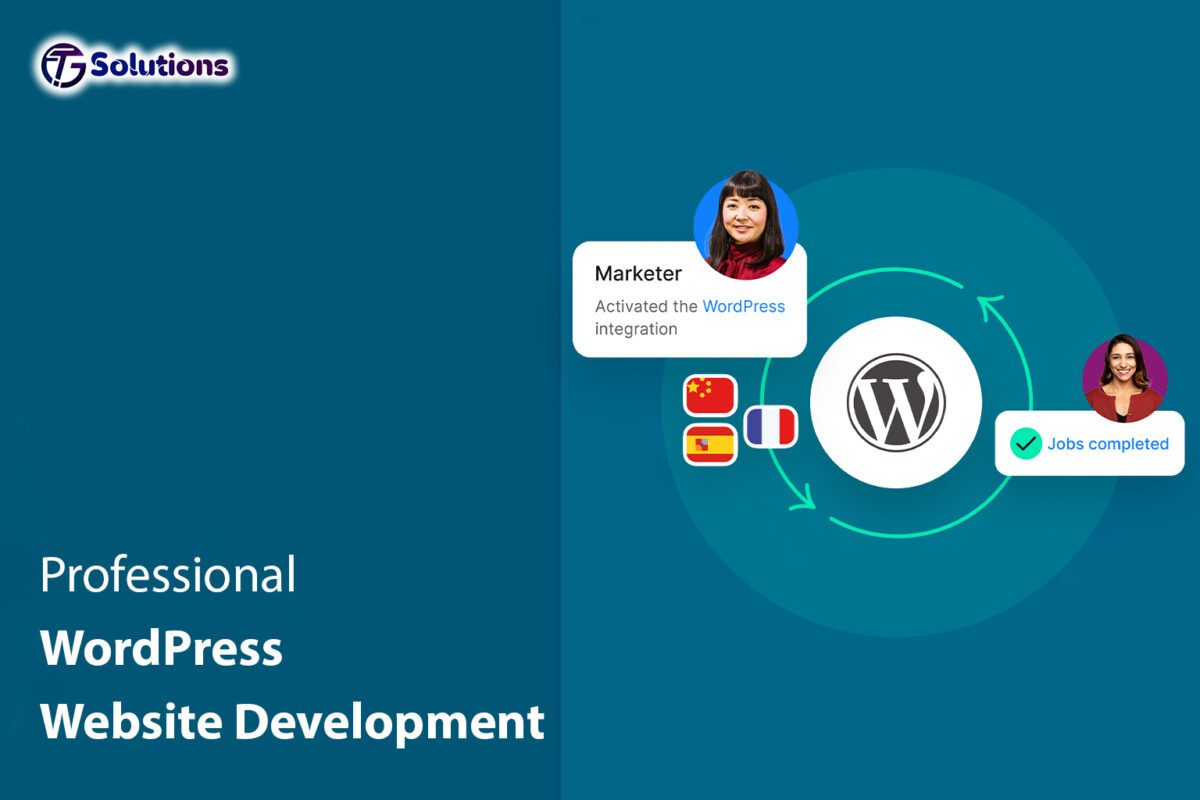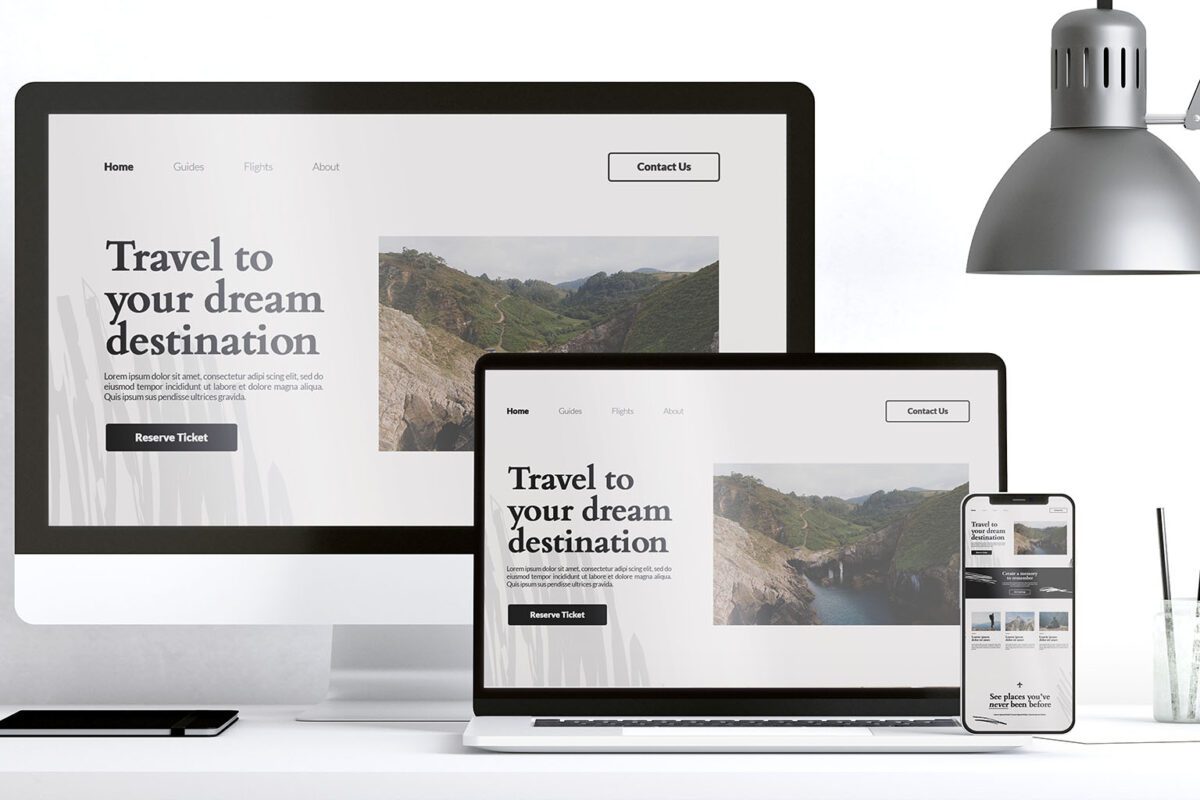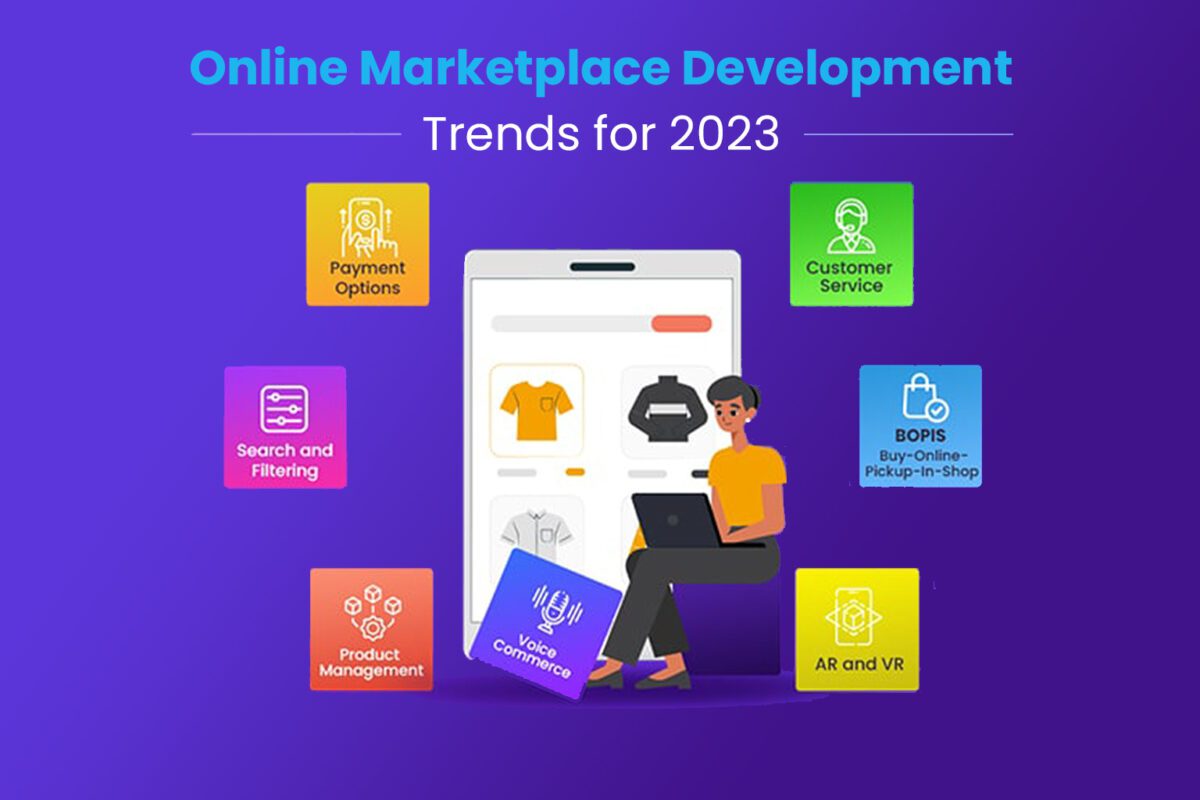Are you looking to expand your online presence and attract visitors from around the world? Creating a website that caters to an international audience can be a rewarding endeavor. However, it’s important to consider various factors to ensure your website effectively engages and meets the needs of international visitors. In this article, we will guide you through the process of creating a website that caters to a global audience, from understanding their preferences to implementing localization strategies. So, let’s dive in and explore how to create a website for international visitors!
Understanding the Needs of International Visitors
Before diving into the technical aspects of website creation, it’s crucial to gain a deep understanding of the needs and expectations of international visitors. By doing so, you can tailor your website to cater to their preferences, resulting in a more engaging and user-friendly experience.
Conduct Market Research
To effectively cater to an international audience, it’s essential to conduct thorough market research. Identify the countries or regions you wish to target and gather insights on their cultural nuances, preferences, and expectations. This research will help you understand how to tailor your website’s design, content, and functionality to resonate with your target audience.
Language Localization
Language plays a vital role in connecting with international visitors. Consider translating your website into multiple languages to accommodate users from different regions. While English is widely spoken, offering content in local languages can greatly enhance the user experience and make your website more accessible.
Cultural Sensitivity
Cultural sensitivity is key when catering to international visitors. Pay attention to cultural norms, traditions, and taboos to avoid any unintentional offense. Use imagery, colors, and symbols that are culturally appropriate and resonate positively with your target audience.
Building a Website for International Visitors
Once you have a solid understanding of your target audience, it’s time to start building a website that caters to international visitors. Here are the key steps to follow:
Choose a User-Friendly Content Management System (CMS)
Selecting the right CMS is crucial for creating and managing your website effectively. Opt for a user-friendly CMS that offers robust multilingual capabilities and supports internationalization features. WordPress, Joomla, and Drupal are popular choices that provide the flexibility and functionality required for an international website.
Implement a Responsive Design
A responsive design ensures that your website adapts seamlessly to different devices and screen sizes. Since international visitors may access your site from various devices, including smartphones and tablets, responsive design is essential to deliver a consistent and optimized user experience across all platforms.
Optimize Website Loading Speed
In today’s fast-paced digital world, visitors expect websites to load quickly. Optimize your website’s loading speed by compressing images, minimizing HTTP requests, and leveraging caching techniques. This optimization will ensure a smooth browsing experience for international visitors, regardless of their location.
Focus on Mobile-Friendliness
With the increasing use of smartphones, it’s crucial to prioritize mobile-friendliness. Design your website with a mobile-first approach to ensure it is fully optimized for mobile devices. This approach will cater to the needs of international visitors who predominantly access the internet through their smartphones.
Incorporate Multilingual Support
To provide a personalized experience for international visitors, incorporate multilingual support on your website. Use language selection options and offer translated versions of your content. Ensure that the translation is accurate and captures the essence of your original content, avoiding any machine translation pitfalls.
Localize Content and Imagery
Localization goes beyond translation. It involves adapting your content and imagery to resonate with the target culture. Consider using region-specific examples, references, and testimonials to establish a stronger connection with international visitors. Be mindful of date formats, measurement units, and currency symbols, tailoring them to the target audience’s preferences.
Enable Currency and Payment Options
If you plan to sell products or services internationally, incorporate multiple currency options and enable secure payment gateways that are widely used in the target regions. This flexibility will enhance the user experience and build trust among international visitors when making transactions on your website.
Implement Geolocation Targeting
Geolocation targeting allows you to automatically detect visitors’ locations and display relevant content or offers. This feature enables a personalized experience, providing international visitors with information and promotions specific to their region.
Optimize SEO for International Visitors
To attract organic traffic from international search engines, optimize your website’s SEO for international visitors. Conduct keyword research specific to your target regions and optimize your content accordingly. Consider using hreflang tags to indicate language and regional targeting to search engines.
FAQs about Creating a Website for International Visitors
Language localization is crucial for international websites as it enhances user experience and improves engagement with visitors from different regions.
Translating the entire website into multiple languages is not mandatory. You can start by translating key pages and gradually expand based on your target audience’s preferences.
Conduct thorough research on cultural norms, symbols, and taboos of your target audience. Use appropriate imagery, colors, and symbols that resonate positively with them.
Yes, mobile optimization is crucial as many international visitors access websites through their smartphones. Prioritize responsive design and mobile-friendly features.
Geolocation targeting can be implemented using IP-based geolocation services or browser-based geolocation APIs. These technologies help detect visitors’ locations and provide customized content.
Conduct thorough keyword research for your target regions, optimize your content accordingly, and utilize hreflang tags to indicate language and regional targeting to search engines.
Conclusion
Creating a website for international visitors requires a thoughtful approach that considers the unique needs and preferences of diverse cultures. By understanding the expectations of your target audience, implementing localization strategies, and optimizing your website for a global user base, you can effectively engage international visitors and expand your online presence. Remember to conduct thorough market research, offer language localization, prioritize mobile-friendliness, and provide personalized experiences through geolocation targeting. With these steps in mind, you’ll be well on your way to creating a successful website that caters to an international audience.
















